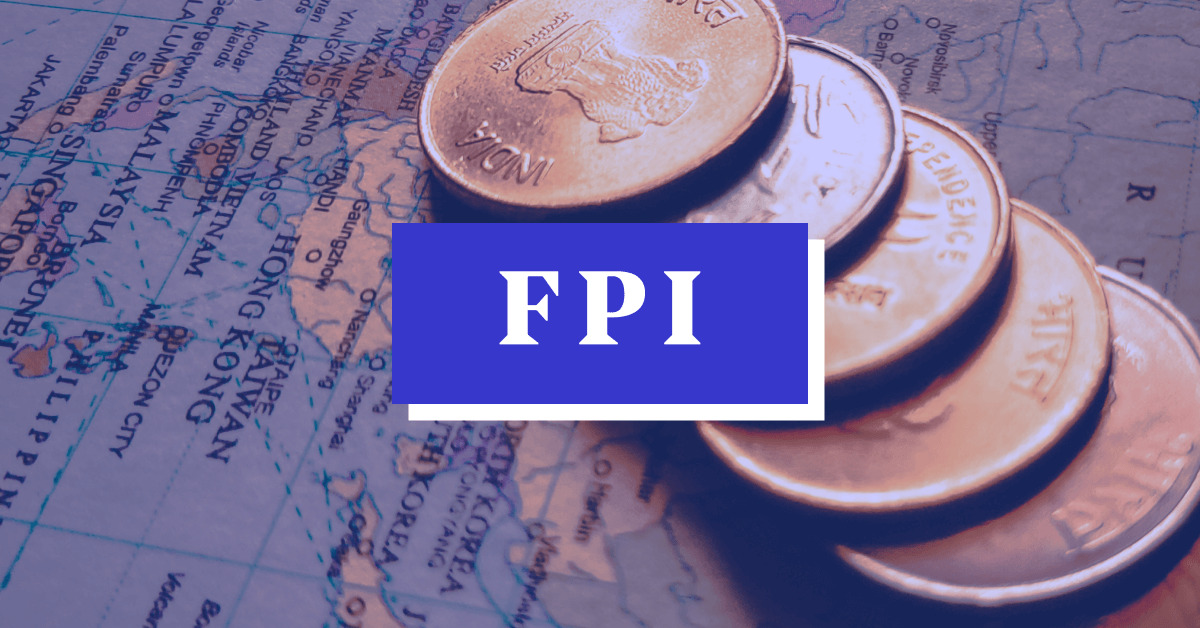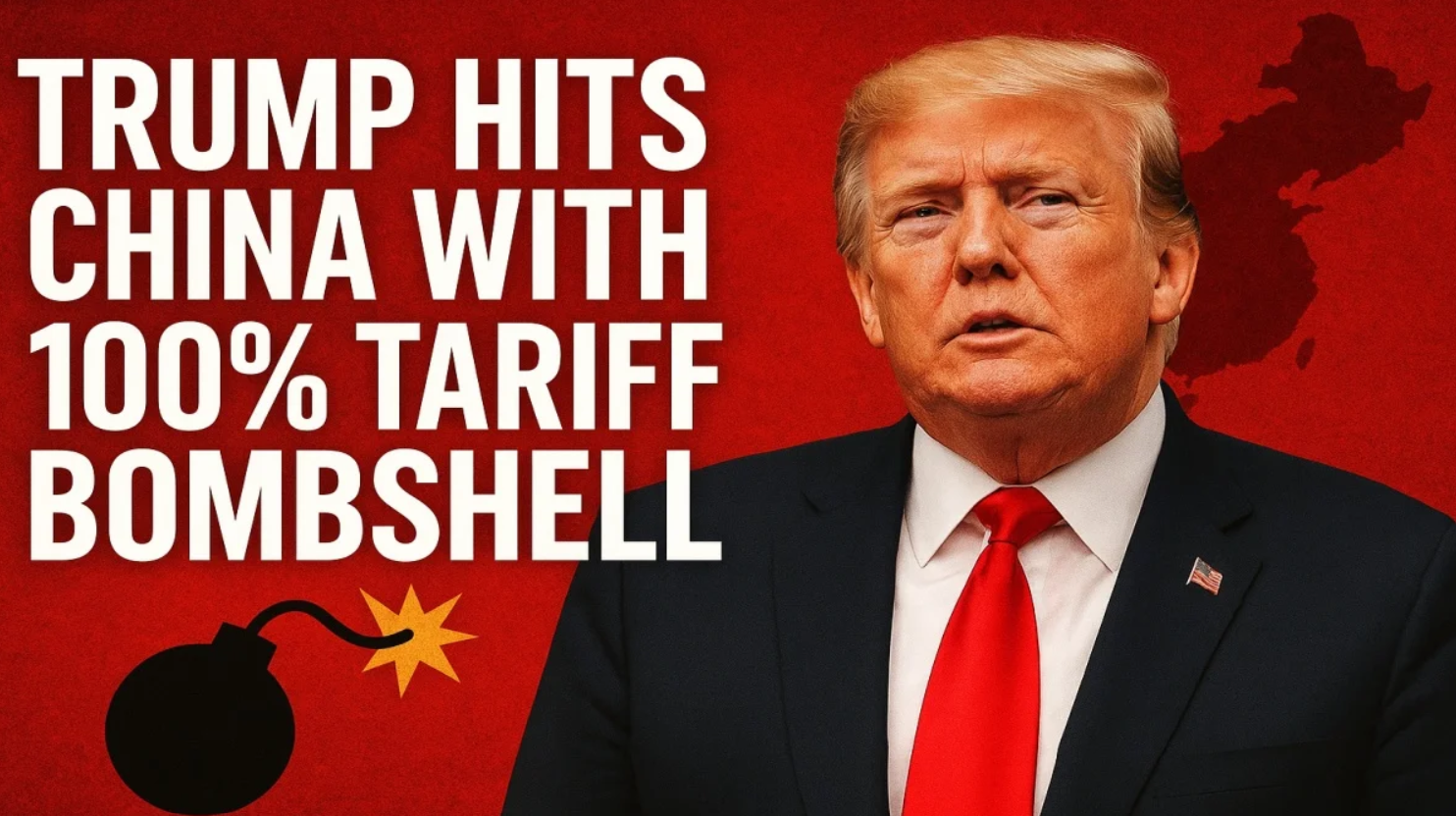The first quarter of FY26 has witnessed a notable shift in the banking sector’s investor landscape as Foreign Institutional Investors scale back their exposure to public sector banks. After a strong rally throughout FY25, which delivered substantial returns, FIIs appear to be locking in gains and repositioning their portfolios in the face of rising valuation concerns and emerging sector-specific risks. While the broader pullback in PSU banks suggests caution, selective optimism continues in the private banking space.

Recent data shows that the average FPI holding in public sector banks declined to 4.44 percent in Q1FY26 from 4.60 percent in the previous quarter. Significant reductions were seen in top PSU names such as Bank of Baroda, State Bank of India, and Punjab and Sind Bank. However, this trend is not uniform across the board. Union Bank of India and Canara Bank experienced an increase in foreign interest, indicating that FIIs are not completely exiting the segment but are instead making selective bets based on fundamentals.
According to analysts, one of the main reasons behind this cautious stance is the concern around stretched valuations. Many PSU banks had rallied significantly by the end of FY25, pushing their stock prices close to or beyond historical price-to-book averages. This surge, combined with weakening rural demand, pressure in microfinance and MSME segments, and the potential for rising non-performing assets, has led global investors to reassess their exposure.

Another key factor influencing this reallocation is the anticipated shift in interest rate cycles. With the expectation of a rate cut ahead, banks may face margin compression. Furthermore, the benefit that came from strong recoveries on written-off accounts is expected to taper, prompting questions around the sustainability of high return metrics like return on assets. Despite this, market experts believe that the core fundamentals of many PSU banks remain intact. Stronger capital buffers, improving asset quality, and a deeper focus on retail and MSME segments could support long-term resilience.
Interestingly, private sector banks are currently enjoying renewed foreign interest. FPI holdings in this space rose to 20.63 percent from 19.77 percent during the quarter. Banks such as South Indian Bank, IndusInd Bank, RBL Bank, Karnataka Bank, and CSB Bank saw significant increases in FII stakes. Larger players like HDFC Bank and ICICI Bank also retained strong investor confidence, showcasing a broader trend of sector rotation rather than market-wide pessimism.

The domestic institutional investor response paints a more nuanced picture. While DII holdings in PSU banks remained mostly flat, there were increases in some major banks such as SBI, Bank of Baroda, and PNB. However, reductions in exposure to others like UCO Bank and Indian Overseas Bank indicate that domestic funds are also carefully reassessing their positions. Among private banks, DIIs added heavily to RBL Bank, but also booked profits in names like IndusInd Bank and Federal Bank, highlighting a split strategy.
Retail investors, meanwhile, showed reduced participation across both PSU and private banks. Stake cuts were recorded in 23 of the 32 tracked banks. The declines were particularly evident in private sector names including RBL Bank, South Indian Bank, DCB, Bandhan Bank, and IDFC First Bank. This could be a reflection of profit-booking behavior or a wait-and-watch approach in light of broader market volatility.
While the near-term outlook for PSU banks may appear subdued, the long-term structural drivers remain positive. Formalisation of the economy, an ongoing capital expenditure revival, and continued bank consolidation are all expected to offer support to the sector. FIIs and DIIs may return more aggressively after the market undergoes a phase of consolidation and earnings clarity improves.
For more simplified financial insights, IPO updates, and market deep-dives, follow You Finance on Instagram and Facebook. Stay updated, stay invested.















